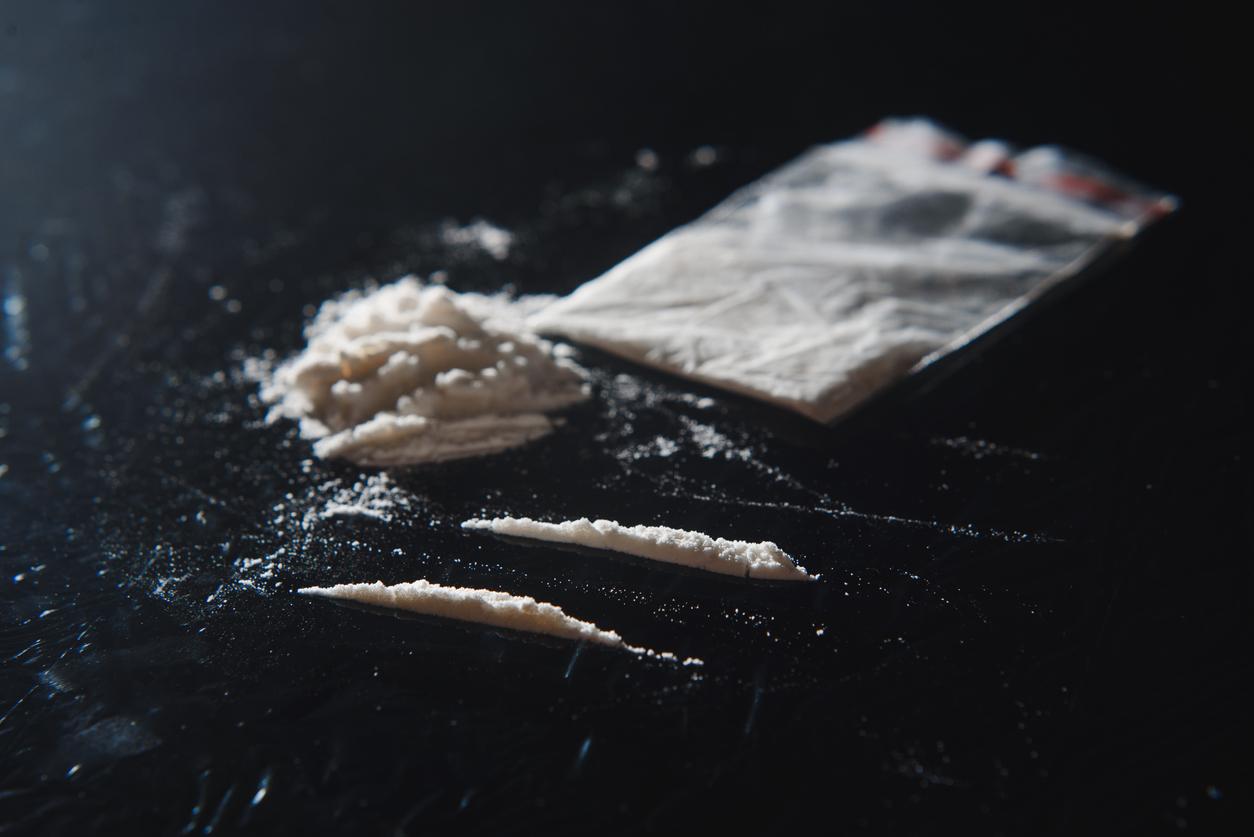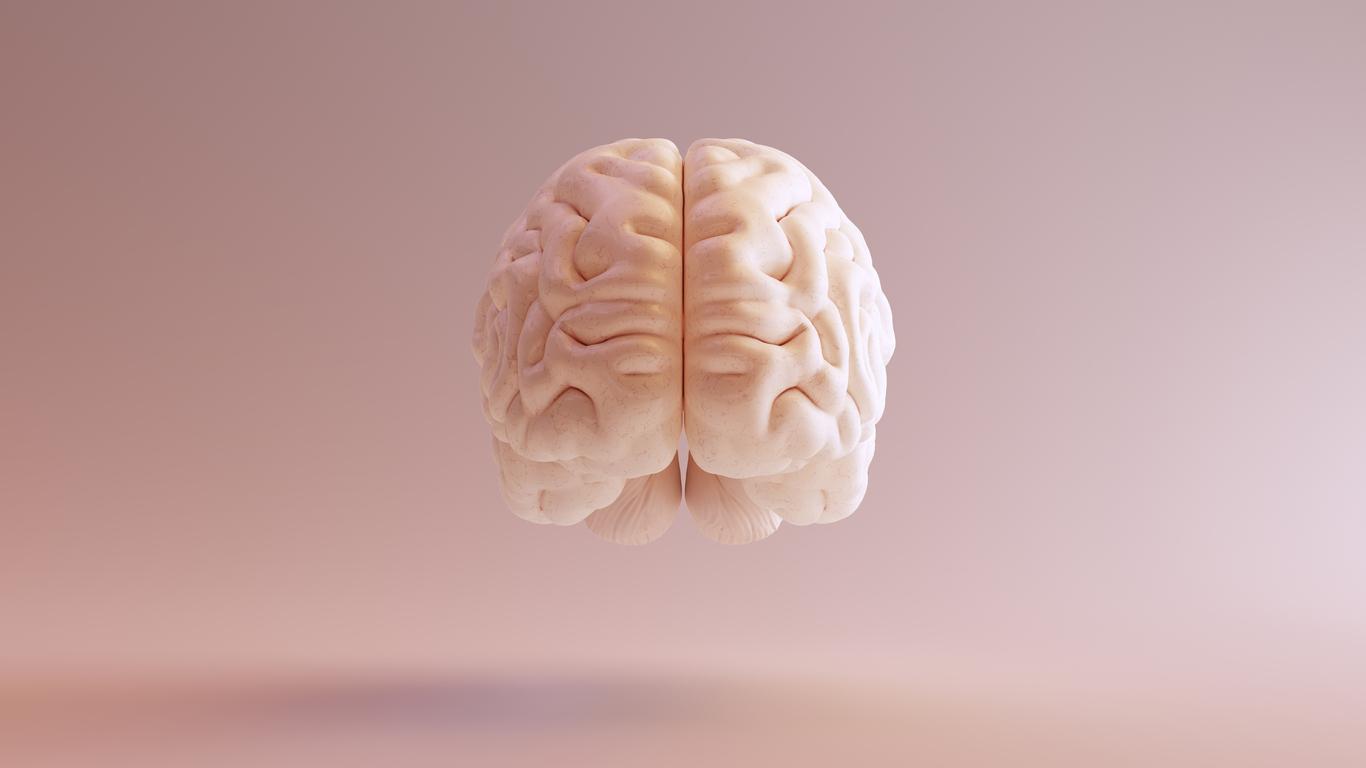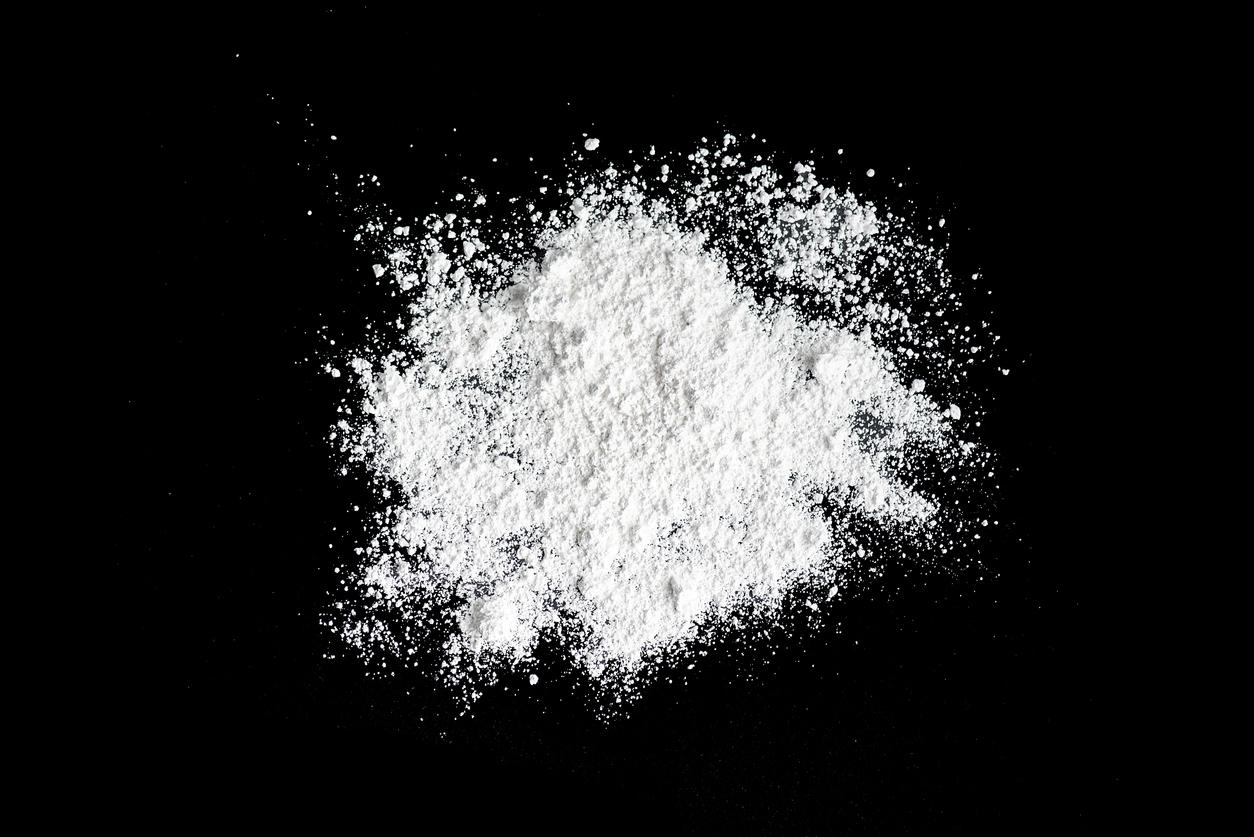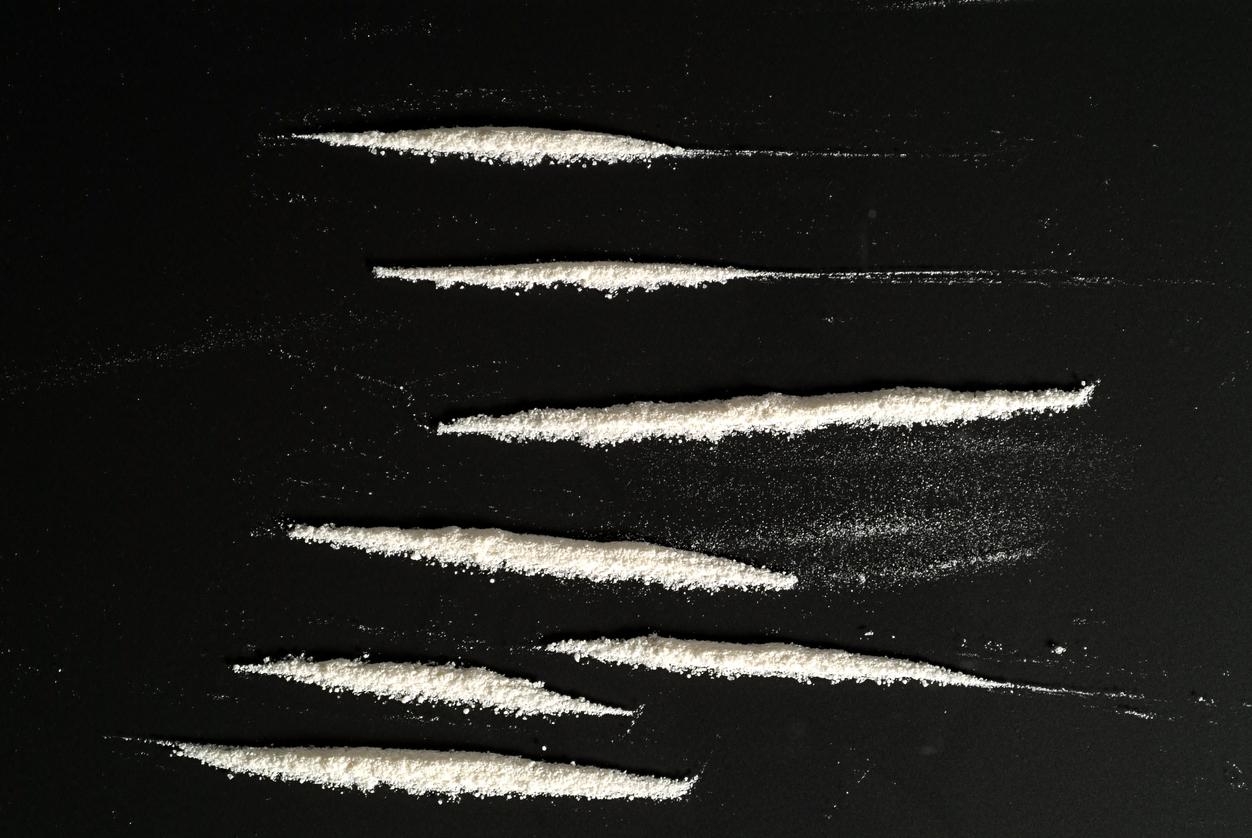Several new synthetic drugs are coming to Europe. The European Monitoring Center for Drugs and Drug Addiction is sounding the alarm, even though heroin and cocaine use is on the decline.

Synthetic cathinone … This is the name of the drug which is currently worrying European authorities. In its annual report, the EMCDDA (1) warns against this new drug discovered in Europe in 2008. This stimulant exists in 50 derivatives. Among them, the MDPV, a drug with effects similar to cocaine and amphetamines, and pentedrone. As EMCDDA explains, this drug can be snorted or swallowed in pill form, but the real concern is that it can be injected. For the moment, the practice is not generalized but it is observed in circles of drug addicts in Germany, Spain and the United Kingdom. Eastern countries, such as Hungary and Romania, practice injecting a lot. “In Hungary, for example, a nationwide study of needle exchange programs found that in 2012, cathinones were the main drug injected for 36% of users,” the report notes.
The study reports very worrying behavior among groups of homosexuals in major European cities. In “chemical sex encounters,” participants inject themselves with cut cathinone with methamphetamine and have unprotected sex. The EMCDDA is keen to implement “close monitoring of the phenomenon” because it “appears essential in terms of public health”.
Chrystal meth, a plague arriving in Europe
Less new but just as dangerous, the MDMA attracts young people a lot. This drug, based on ecstasy, worries because the product consumed is increasingly strong. This is the observation of the European Commissioner for Home Affairs, Cecilia Malmström: “There are signs that ecstasy and cannabis sold in the street are increasingly dosed. Another problem, MDMA is extremely difficult to detect. “The European authorities (…) are more and more often confronted with substances in the form of apparently harmless powders, packaged in small packaging, easy to transport, which can in reality contain thousands of individual doses”, confides Commissioner Malmström.
The EMCDDA notes that the consumption ofamphetamine always remains lower than that of cocaine. 11.4 million people admit having experimented with this drug at least once. But it’s an amphetamine derivative, methamphetamine, that’s the problem. Also called “crystal meth”, this drug is considered a real scourge in the United States. Extremely addictive, it marks its consumers physically and mentally. It was the Breaking Bad TV series that showed the devastation this drug is wreaking havoc in the southern United States. In Europe, the EMCDDA has found that methamphetamine seizures have been on the rise in recent years. Historically consumed in the Czech Republic and Slovakia, “crystal meth” made its appearance in southern Europe. It “risks spreading among vulnerable populations”, fears the EMCDDA.
Decrease in cocaine use
The cocaine, although it remains the most consumed drug, seems to be on the decline in recent years. Several studies carried out in EU countries show that the prevalence among 15-34 year olds is declining. Denmark, the United Kingdom and Spain, where cocaine is widely used, have seen a decrease in consumption.
With 1.3 million consumers, the European Union must face the problem of the heroine. But the EMCDDA notes that the number of heroin addicts entering treatment for the first time fell from 59,000 in 2007 to 31,000 in 2012. This drop in heroin and cocaine use is accompanied by a drop in number of overdoses. It went from 7,100 cases in 2007 to 6,500 cases in 2012.
(1) European Monitoring Center for Drugs and Drug Addiction
.
















